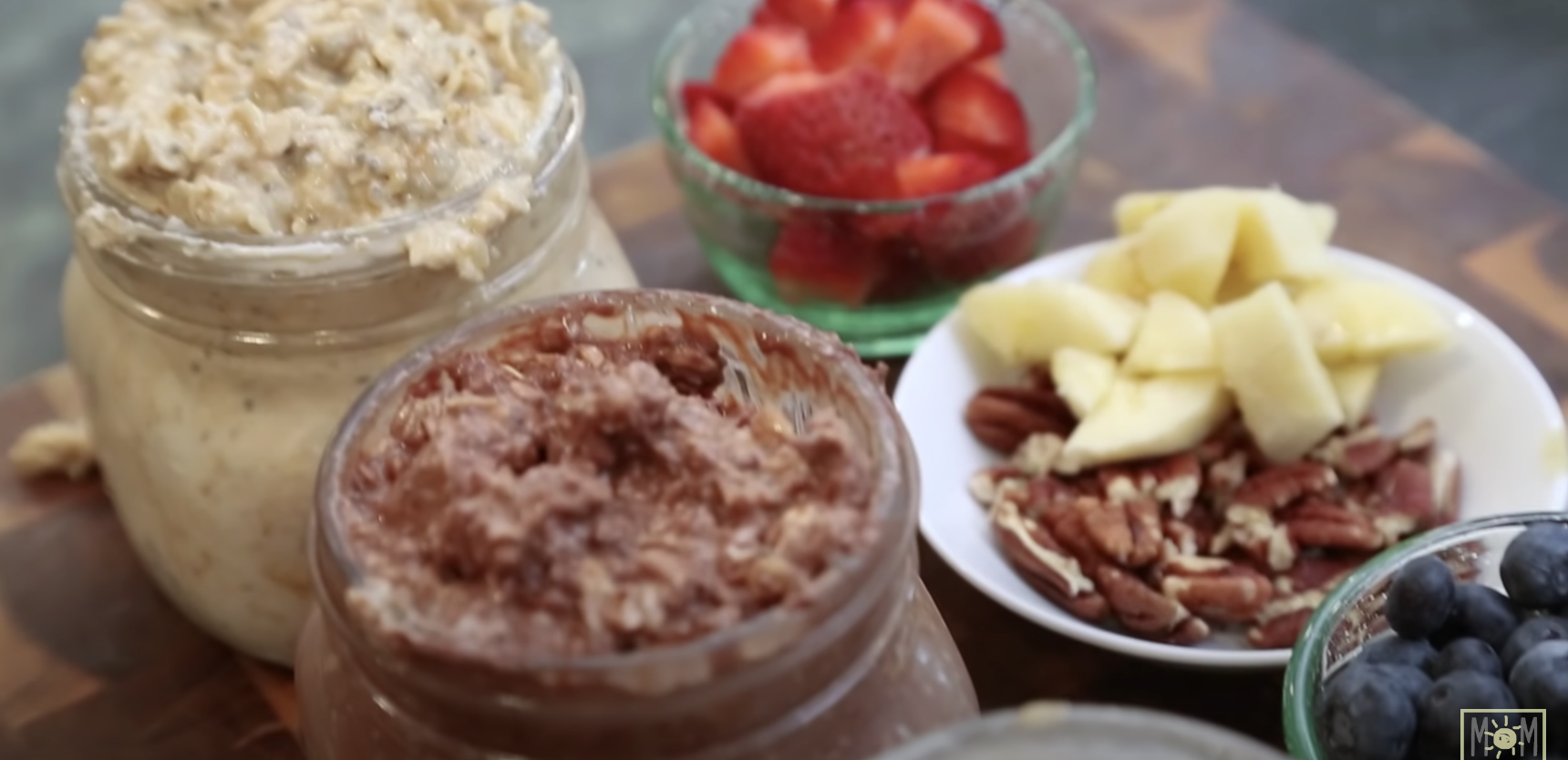When exercising your body converts both glycogen (aka sugar) and fat into energy. Converting glycogen is quick and easy so these sources are used for high-intensity efforts such as short sprints and hill climbs. Converting fat takes longer so it is used more for lower intensity efforts like steady long training rides.
But this doesn’t mean that you can fuel up on nuts and fat for your long rides. Unless you have trained your body, by strictly following a Keto Diet, your brain only survives on sugar/glycogen of which we have a limited supply. So when you suddenly feel tired, dizzy, lightheaded, short-tempered, or sick during a ride, this is usually because you don’t have enough sugar going to your brain.
We call this lack of glycogen, “bonking”. You may have already experienced this so you will know that it is an extremely difficult state to reverse.
To avoid BONKING, always stay one step ahead of what your body needs.
Whether you feel like eating or not, following a predetermined schedule will ensure that you avoid “the bonk”. Set a timer on your watch to remind you.
Normally we count calories so that we don’t overeat. Now I’m teaching you to count calories so that you eat enough. The time to diet is not on the bike.
The timing of when you eat and the number of calories you eat at each interval are the keys to having a great ride.
If you eat too much at one time, you will upset your stomach. As you are working hard, your blood is in your muscles trying to do work – not in your stomach digesting food.
Everyone is unique in regards to how much they can digest comfortably. But 200-300 calories/hour is what is usually recommended. If you can eat while still pedaling, it is best to eat little bites of food every 10-15mins instead of the whole 200/300 calories at once.
It is your job to find out which types of foods and combinations of carb, protein, and fat percentages work best for you and your type of riding.
The following is a guideline to get you started. Add or subtract calories as your stomach insists or your energy demands require.
Always start a ride well hydrated and with enough fuel (inside of you) to last 60-90 minutes. You should NOT need to eat for a ride less than 90minutes.
Your pre-ride meal should be eaten within 1-3 hours before the ride, and consist of mainly carbohydrates. Fat and protein take 2-3hrs to digest so don’t eat them right before a hard workout. Avoid foods with high fiber as they also slow down digestion and may break up your ride with too many bathroom stops. As fat and protein digest slower, you can eat more of them before longer rides as you will use this stored energy later in the ride.
Examples: toast with peanut/almond butter and banana, yogurt and granola and fruit, fruit smoothie, oatmeal with honey, eggs and toast, bagel and cream cheese, muffin
During the ride eat small bites but eat often.
Eat your first snack 45-60minutes into the ride. Your snack should contain 200-300 calories of mainly simple carbs with very little fat and protein. Generally speaking the smaller you are, the less you need to eat, however, there are exceptions to every rule.
Examples: fruit bars, gels, boiled potatoes, bananas, fig newtons, sesame snaps, shot bloks, cliff bars, dates, homemade granola bars or cookies, sharkies, or a drink with calories in it like pure maltodextrin, Scratch, Vega Sport, Eload, etc.
It is best to have a variety of food with you so you can change the balance of carbs, protein, and fat throughout the ride. DO NOT BRING ONLY SUGAR and AVOID CAFFEINE until closer to the end of the ride.
Don’t put your body into a state of extreme highs and lows by overloading the body with pure sugar and caffeine. Consuming ONLY pure sugar will place you on an insulin roller coaster and will quickly make your stomach rebel. The exception to this rule would be an intense race where you are pushing a hard effort for the whole ride or the event is less than 2.5 hours.
Foods to avoid before or during a ride:
– apples, berries, prunes (too much fibre)
– nuts or high fat foods (a few are ok at the start of the ride)
– large amounts of meat or protein including high protein bars (too long to digest)
– salad or only veggies (you need calories not vitamins right now)
Hydration
Use the rule of a minimum of one full water bottle of water (with added electrolytes or salt and lemon depending on how much you sweat) for every hour on the bike.




